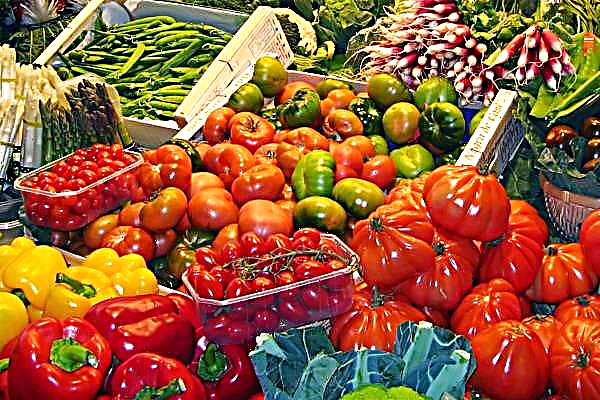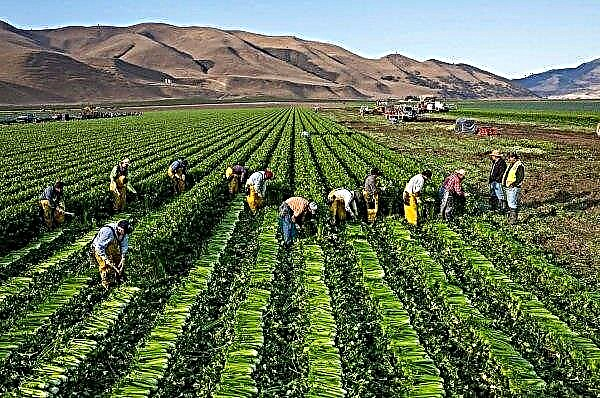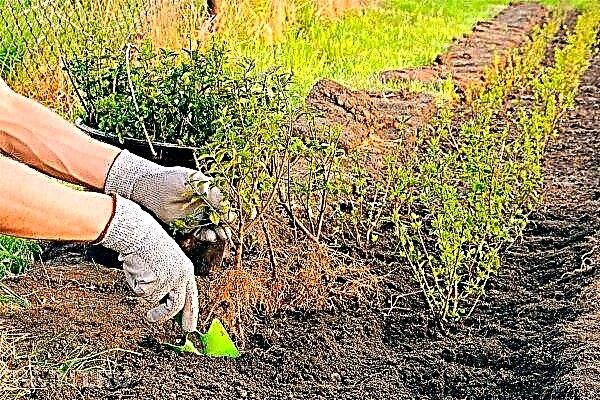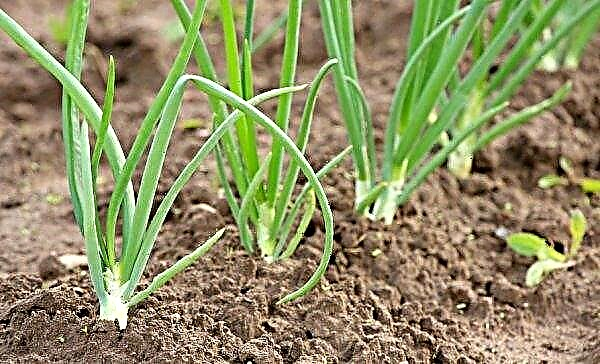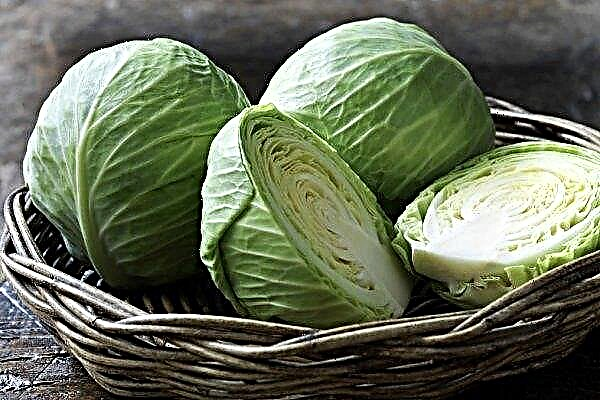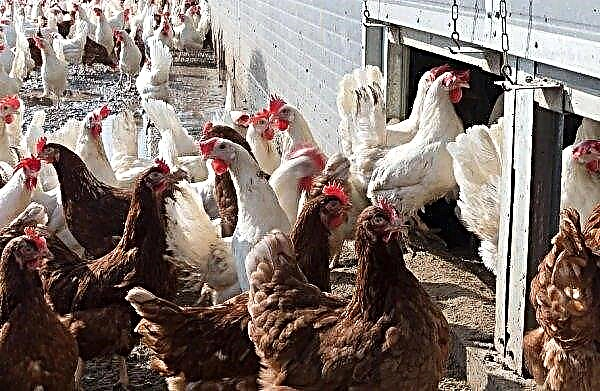Australian farmers are delaying the purchase of fertilizers and other products that they usually use to protect their crops, as the drought on the east coast of the country overshadows the prospects of the agricultural sector from one of the world's leading grain exporters.
Farmers usually start sowing wheat, the country's largest rural export commodity, at the end of April, but this year they are trying to minimize the cost of fertilizers, herbicides and pesticides due to the threat of crop failure due to the hottest summer since 1910.
At the same time, analysts argue that it is too early to predict the demand for fertilizers and plant protection products for 2019/20, as rains at the end of the season may again increase demand. “If it starts raining in September, farmers will increase nitrogen use if it will remain dry, demand will fall even more, ”said Wesley Lefroy, an analyst at Rabobank.
According to the Fertilizer Australia industry group, Australia’s fertilizer demand fell 2 percent last season to 6.5 million tons. IBIS World estimates Australia’s fertilizer industry at $ 4 billion. According to the Australian Bureau of Meteorology, nearly half of New South Wales and Queensland recorded less than 50% of their normal rainfall over the past three months, with arid conditions remaining at least until the end of May.




